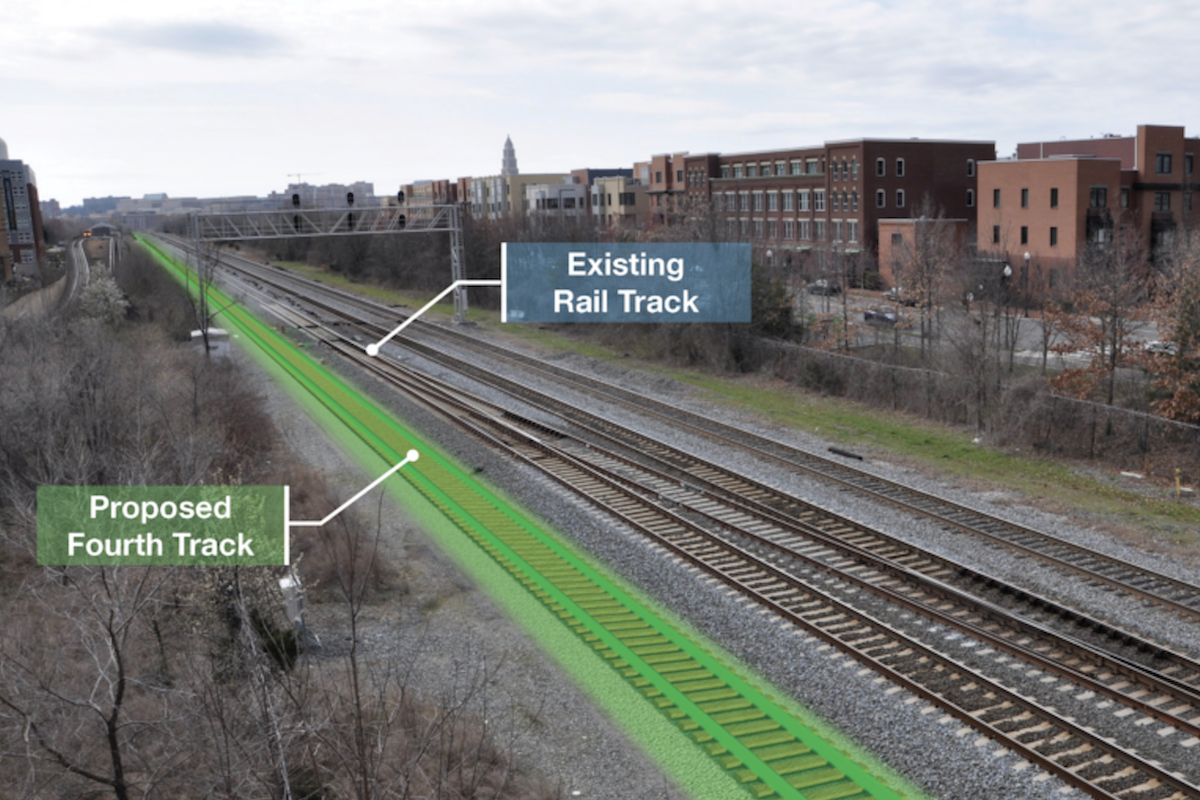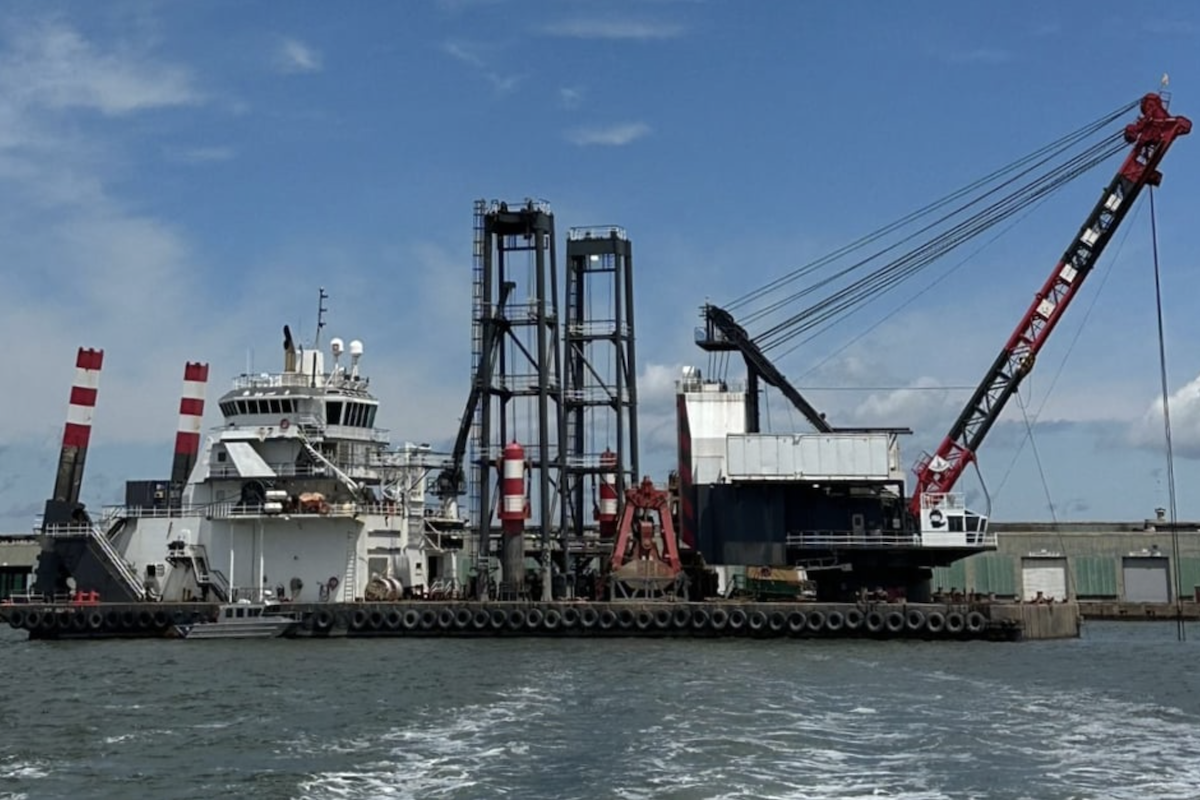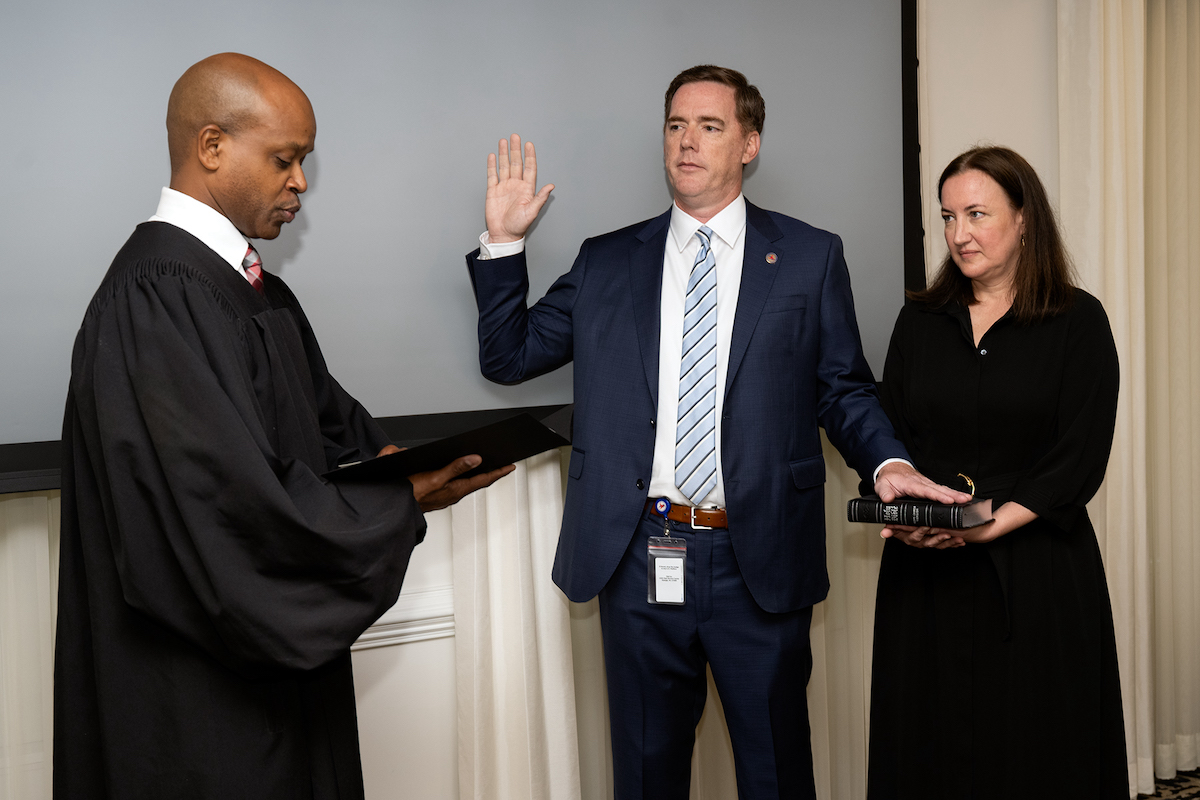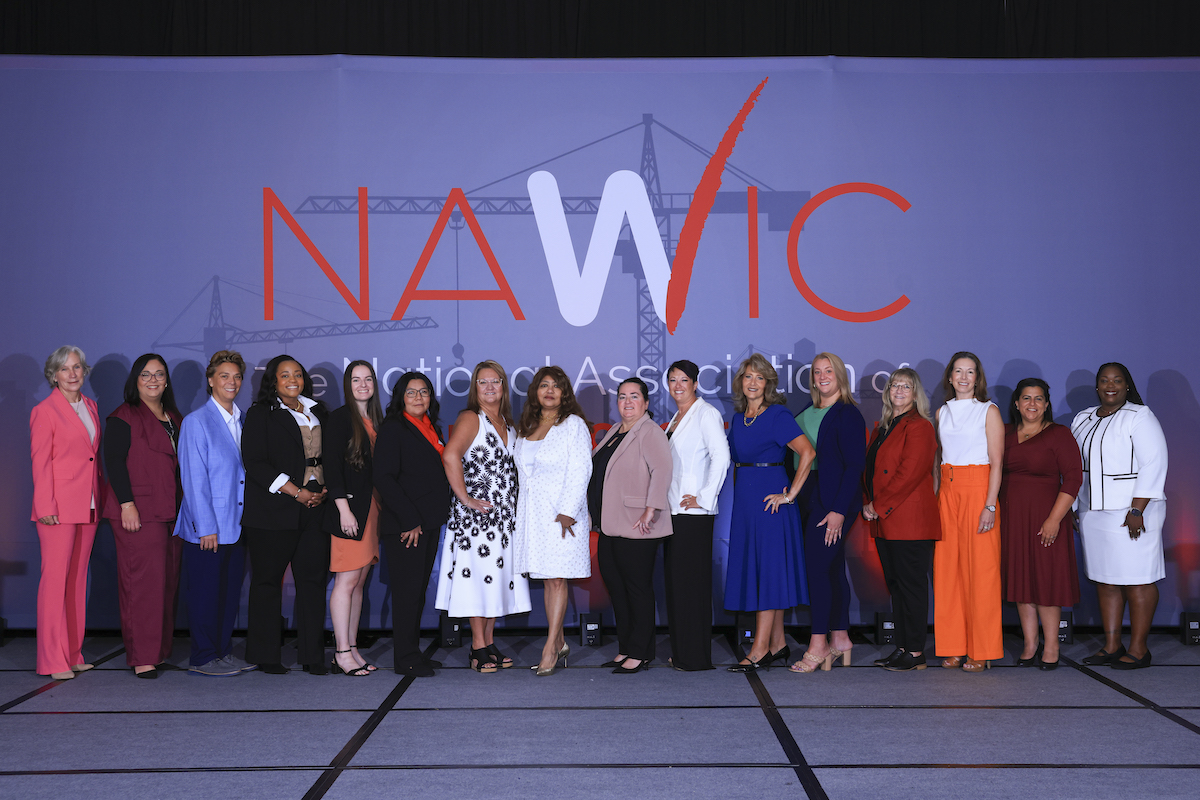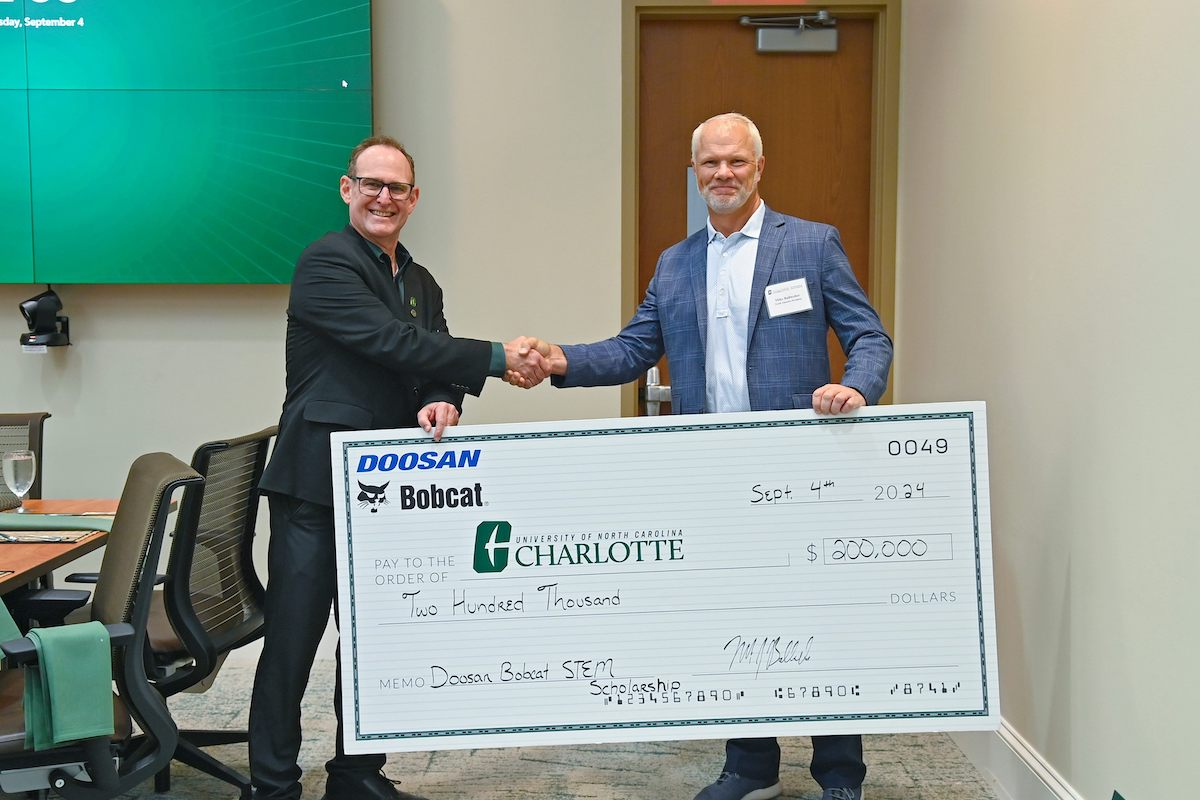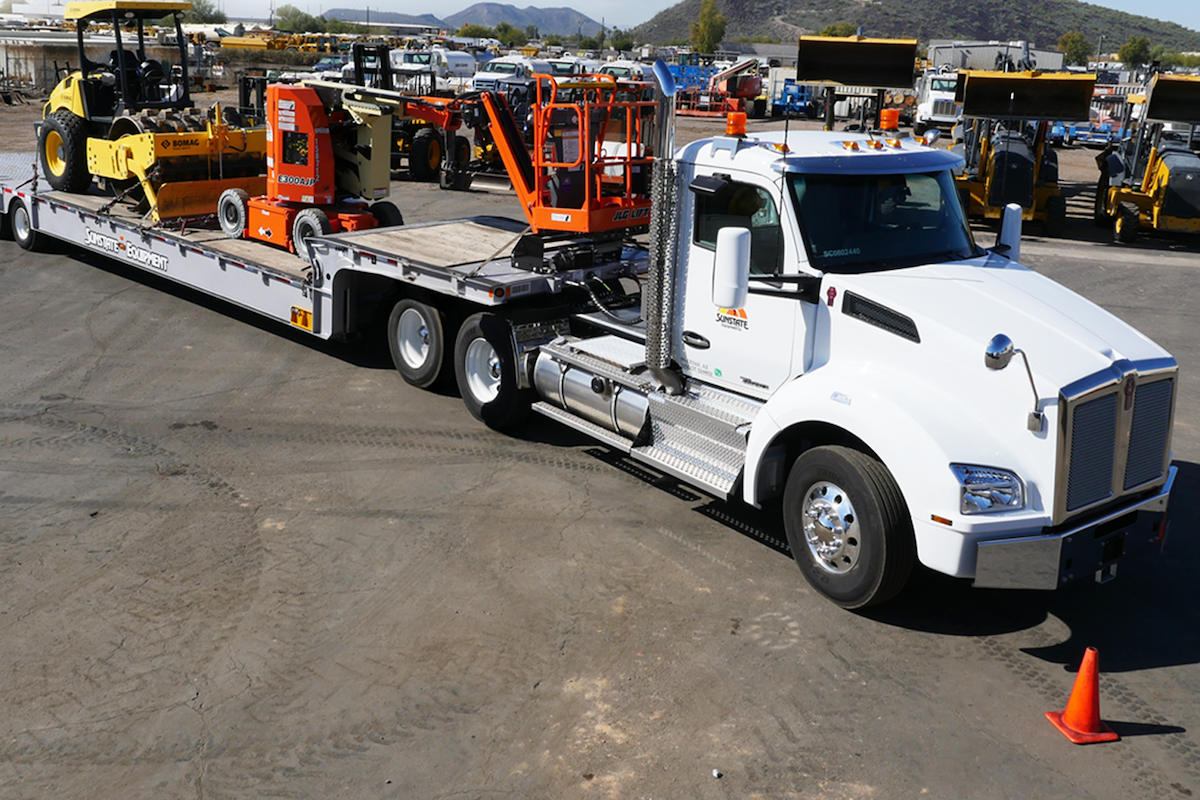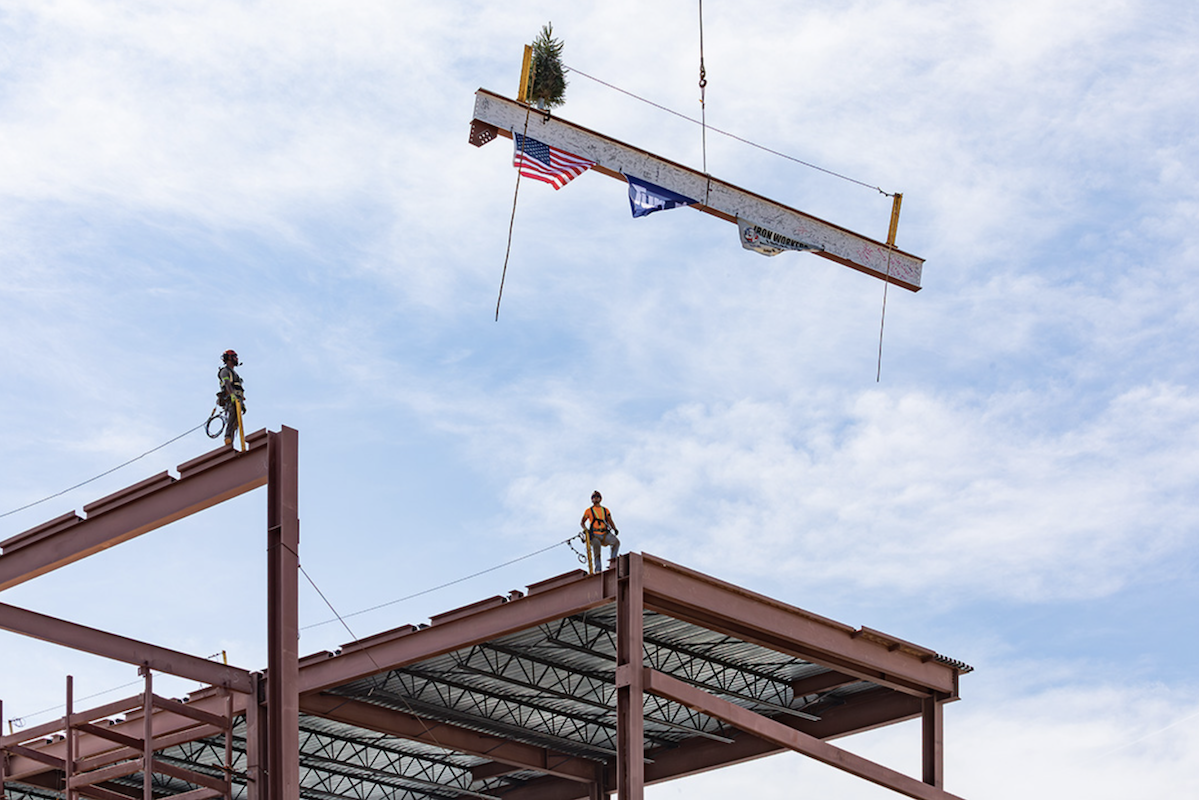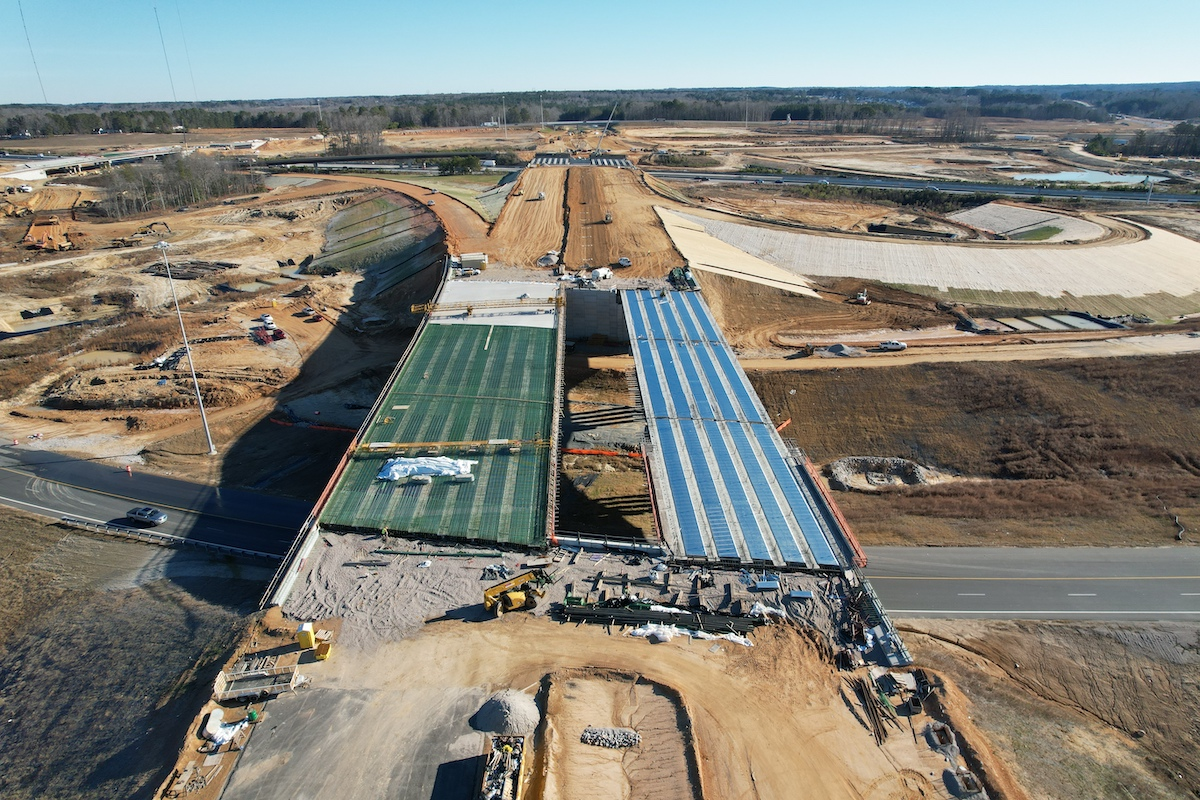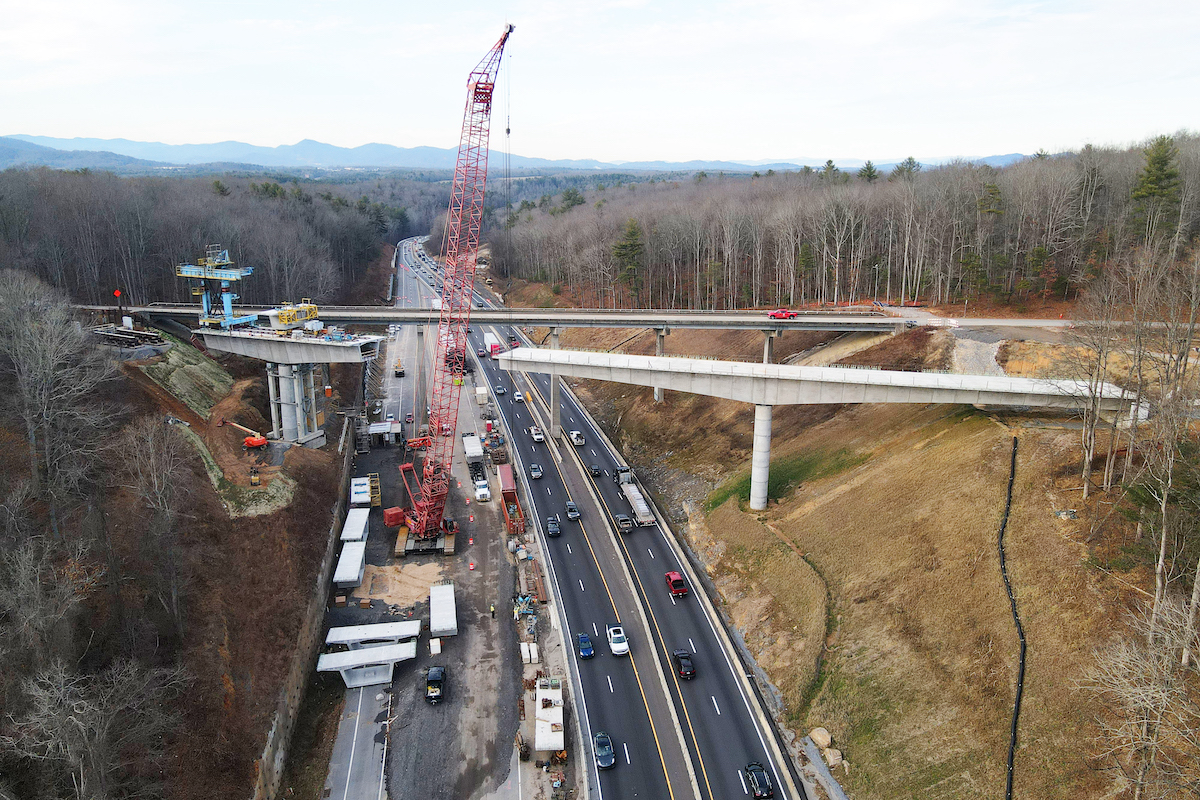The 17,000-acre mitigation ranked as one of the largest environmental restoration projects of its kind in the U.S. and came with unique challenges.
To start, “The biggest distinction between this and most other construction projects is that you can design a building or bridge and, from the computer, know exactly how it will look,” said Brandon Hall, Restoration Ecologist for the mitigation contractor, Resource Environmental Solutions (RES) of Houston. “With this project, our design tries to predict how nature is going to act, which is inherently unpredictable. We’re pretty good at it, but there’s an element of humility to our design. We know it will need to be refined, so we account for that in terms of budget, success timeframe, and managing expectations.”
The variables of the mitigation, in fact, resulted in NTMWD switching delivery methods from construction manager at risk (CMAR) to RES as the full-service provider.
While four other CMAR projects in the $1.6 billion Bois d’Arc Lake program built the reservoir and its operations facilities throughout Fannin County (see the April issue of Texas Contractor for details on those projects), RES restored the mitigation area to pre-agricultural conditions. That included planting 6.3 million trees across 8,414 acres, planting 3,200 acres of native grasslands, and enhancing and restoring 8,500 acres of wetlands and 70 miles of streams.

| Your local Komatsu America Corp dealer |
|---|
| Linder Industrial Machinery |
The work spanned three sites. NTMWD purchased approximately 15,000 acres – formerly a cattle farm known as Riverby Ranch – along the Red River north of Monkstown, Texas. Ten miles to the south, a separate grasslands site butts up to the reservoir. The last site covers about 1,800 acres in Bonham, Texas, along Bois d’Arc Creek.
Throughout the mitigation work, RES strove to leverage local resources and reuse as many materials as possible while they constantly adapted to Mother Nature’s surprises.
In 2015, as the permitting process progressed, NTMWD selected a construction manager at risk for the mitigation work. However, as that CMAR tried to account for unpredictable variables, the project estimate grew.
“On top of that, once the CMAR finished their work, the monitoring period of the next 20 years was going to be left up to the District,” said Cesar Baptista, NTMWD’s Deputy Director of Engineering and Capital Improvement Program. “We would’ve needed to hire people to monitor and perform any necessary work until we met the permit requirements.”
Shortly before NTMWD received the final permit, “Contractors who specialize in mitigation started approaching us and saying they could do the project for a lot less,” Baptista said. “We asked them why they didn’t submit when we put the project up for procurement in 2015 and they told us, ‘We never thought you guys would get permitted.’ I see that as a real testimony to our board of directors and our executives’ determination, past and present, who got it done.”
Through a mutual agreement, NTMWD and the CMAR canceled their contract. NTMWD issued a new request for proposals in March 2018, receiving submittals from three specialty mitigation contractors.
They awarded RES a $137 million, full-service contract in July 2018 and construction started in August 2018. In spring 2022, RES finished mitigation and began the monitoring and maintenance period.
“This is their standard type of work; they know how to handle the unknowns,” Baptista said. “With the switch in delivery method, we realized about $100 million in contract savings, plus the staff time it would’ve taken for the monitoring period.”
RES partnered with two local contractors – Hammett Excavation from Dodd City, Texas, and Outlaw Land Clearing & Fencing from Bonham, Texas. They also hired a subcontractor out of North Carolina that lived onsite for most of the project. Because of the limited number of nearby restaurants and grocery stores, RES fed workers onsite.
Throughout the project, crews used John Deere tractors, excavators, and bulldozers, assisted by GPS technology.
“We bought every tractor locally from Paris Farm & Ranch and United Ag & Turf (both in Paris, Texas),” Kampfer said. “We purchased the excavators and dozers as close as we could, from HOLT CAT in Little Elm, Texas.”
In addition, RES set up local companies as vendors to purchase seed, fuel, and other items. “We did as much locally as we possibly could,” Kampfer said. “I grew up in this area, and something very important to our project manager was helping the surrounding communities.”
Crews also reused thousands of acres of hay left from farming operations. Much of it covered new seed along stream banks to prevent erosion. For some of the round hale bales, workers unrolled them and turned them into square bales.
“We buried those hay bales in the banks of the streams at strategic locations,” said Matt Stahman, Project Manager for RES. “Until the vegetation and trees we planted out there have a chance to put down their roots, the hale bales hold things together.”
Other parts of the farming operation also helped the new landscape.
“We took down 150 miles of interior fencing and tens of thousands of metal T-posts and redeployed those in different areas as we restructured the fencing,” Stahman said. “Anything we could stockpile and potentially reuse, we did.”
“That was unique in its non-use of equipment,” said Adam Payne, Program Construction Manager for the project’s Program Manager, Freese and Nichols of Fort Worth, Texas. “When I heard the number of trees they were planting, I thought there was no way they could achieve that without some kind of crazy machine to plant a bunch at one time.”
However, “The landscape was so variable and at times so wet, there wasn’t really a piece of equipment that could do that scale of planting consistently,” Stahman said. “If we hadn’t had our incredible planting crews who knew what they were doing and could plant so efficiently, there’s no way we would’ve gotten it done.”
RES used experienced workers from Mexico through the federal H-2B program. The same crews returned to plant over 1.3 million trees each year from January to mid-March, culminating in 2 million trees during the project’s last major planting season.
“On average, we planted about 3,000 trees per person per day,” Kampfer said. “Our record with a 20-man crew was 92,000 trees planted in one day.”
To accomplish the task, every crew member carried a bag over their shoulder with about 300 native saplings averaging 18 to 24 inches tall.
“They took three steps then used a dibble bar with a 3-inch blade on the bottom to make a V in the ground,” Kampfer said. “They put a tree in there, then used their heel to pack soil around the roots so there was no air pocket. Then they took another three steps and repeated the process.”
Usually, a side-by-side vehicle followed the crew to restock trees in their bags. One year, the ground became so wet, RES used their Marsh Master amphibious buggy. That equipment looks like an aluminum tank and features pontoon tracks with high flotation and ground clearance.
“We met our deadlines for each of the pieces, but how we got the work done within each sub-schedule was a constantly changing game,” Stahman added.
Mother Nature also prompted ongoing adjustments to the project’s design through an adaptive management process.
“We started with an initial design and implemented it,” Stahman explained. “Then each year of construction we’d see places where we’d say, for example, ‘These few acres over here are too wet to be an upland forest. We need to switch that to a wetland forest and plant trees that will better adapt to the conditions.’ We had a lot of fine-tuning to find the exact spots where these habitats wanted to be, versus trying to force a spot to be a habitat it didn’t want to be.”
The original design included about 300 habitat areas. “What happened over time is those big blocks became broken into smaller, multiple types of habitats,” Stahman said. “That resulted in a mosaic of over 600 more-interspersed habitat areas.”
Wildlife appreciated the change. “Animals, like people, want variety,” Hall said. “Wetlands next to grasslands next to forest gives them a whole palette of food and spaces to enjoy, just like we have different rooms in a house and different foods in the pantry.”
Going forward, RES will monitor the mitigated area until each habitat meets the success criteria laid out in the original U.S. Army Corps of Engineers permit. Hall and other RES personnel watch the site every day for hazards that might need immediate attention.
In addition, “We set up hundreds of monitoring stations throughout all three mitigation sites to ensure the habitats are on track,” Stahman said. “We measure over 100 ecological variables throughout the course of the year and report those to the Corps.”
Stahman forecasts 2042 for meeting all the success criteria, resulting in a highly resilient landscape that supports pollinators, predators, birds of prey, and other wildlife.
- Owner – North Texas Municipal Water District; Cesar Baptista, Deputy Director of Engineering and Capital Improvement Program; Aliza Caraballo, Program Manager
- Program Manager – Freese and Nichols, Fort Worth, Texas; Adam Payne, Program Construction Manager; Steve Long, Senior Engineer
- Environmental Mitigation Contractor – Resource Environmental Solutions, Houston; Matt Stahman, Project Manager; Daniel Kampfer, Construction Superintendent; Brandon Hall and Aaron Boers, Restoration Ecologists; Chevis Springer, Safety Manager
Photos courtesy of Resource Environmental Solutions
Editor’s Note: This story is part two of our feature on the Bois d’Arc Lake project. Part one appeared in the April issue of Texas Contractor.























